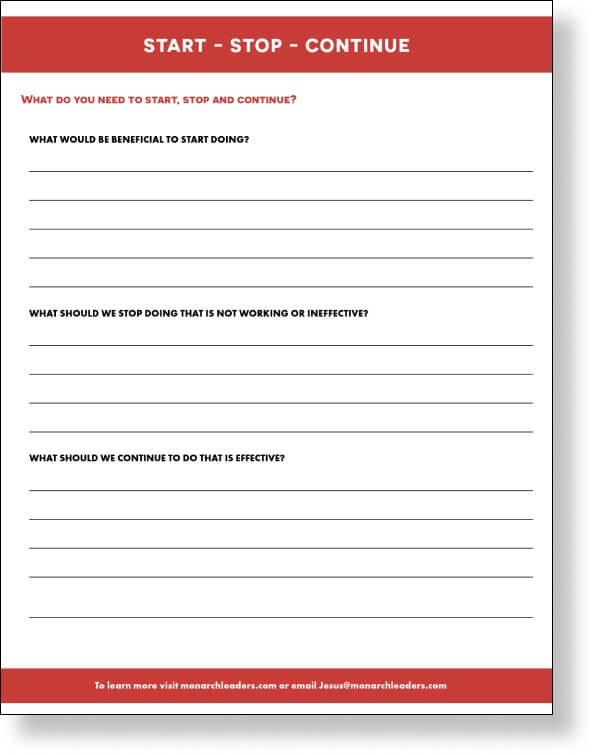When you seek to understand your own blind spots, you open up great potential for growth and transformation as an individual and a leader.
As human beings, we are designed to have blind spots on our bodies. For example, the back of your neck – you would need to use two mirrors to see or have someone tell you.
The same applies when interacting with others. We have blind spots in our behavior. These can be the great areas of opportunity – areas where we can increase our level of consciousness.
But when it comes to leadership, blind spots can also do a lot of damage. They impact not only the individual but also the entire team.
How to Uncover Blind Spots
You can find your own blind spots, and gain an awareness of where others lack consciousness by looking for these 5 aspects:
- Actions vs. Values – When a person is doing something in reality that goes against their values. For example, when someone says one of their core values is family and traveling 250 days out of the year.
- Disproportion/Disparity – Markedly distinct in quality or character. When someone is accelerating an issue or bringing a situation out of proportion. For example, if the results of a company did not hit the budget for one month, people may think it is a disaster and the company may go out of business.
- Unrealistic – When a person has unrealistic goals or is very aggressive about pursuing certain objectives that are known as unrealistic. For example, excessive workloads for certain employees or expecting a job to be done with limited resources. The misconception, in this case, is that there is information available, but the interpretation is not aligned with reality.
- Repetition –The act or an insistence of repeating or being repeated. For example, when someone is recurring a topic over and over again.
- Assuming – When a person does not have the complete picture of a situation and assumes the missing pieces. It is a very common thing we do. So when someone is making an assumption, you can simply ask “Is this something you’re asking the other person or is it something you think is happening?”
Signs You’re Ignoring Blind Spots
It can be difficult to hear about our blind spots. These reactions can indicate that you’ve approached a blind spot:
- Discredit the person giving feedback.
- Persuade the listener to change his/her point of view during or after the mirroring.
- Diminished the importance of the topic being discussed.
- Seek support to sustain his or her arguments – when a person is feeling threatened.
- Change the subject.
- Make a joke; ironic responses.
An Exercise to Try
Stop, Start and Continue is a tool used in strategic planning and many companies. During this exercise, ask your team to tell you 2-3 things you need to stop doing, start doing and continue doing. This can help reduce the blind window and provide feedback on how everyone is working together and what they can do to improve.

